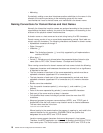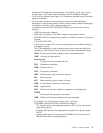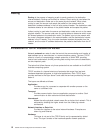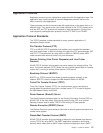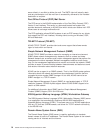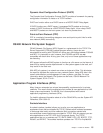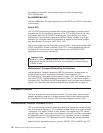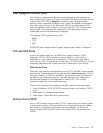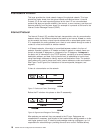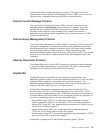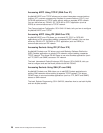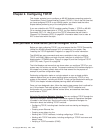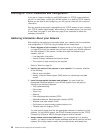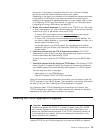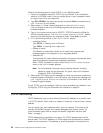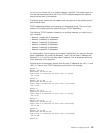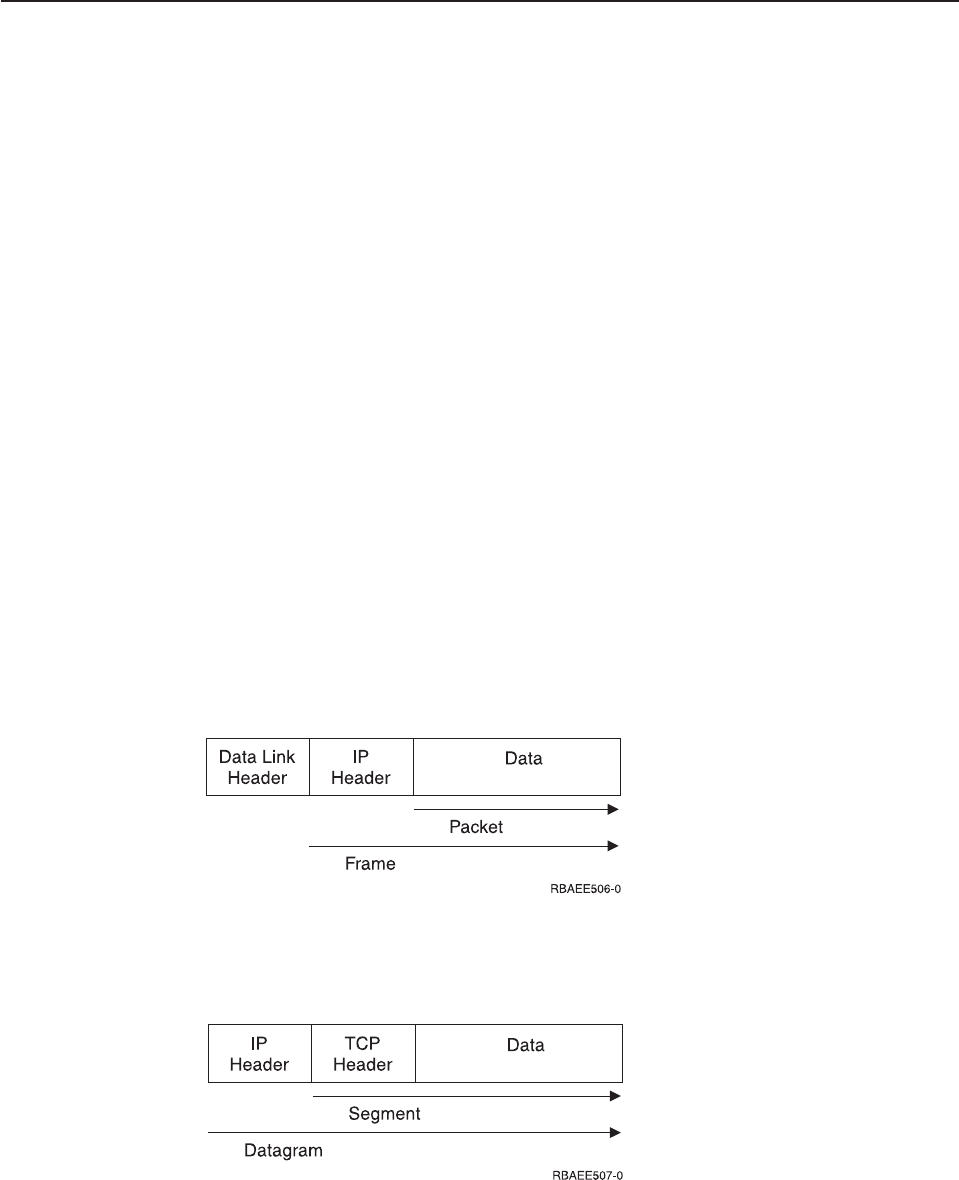
Internetwork Protocol
This layer provides the virtual network image of the physical network. This layer
shields the higher levels from the typical network architecture below it. Internet
Protocol (IP) is the most important protocol at this level. IP is a connectionless
protocol that does not provide reliability, flow control, or error recovery, and does not
assume reliability from the lower layers. An example of a protocol at this level is the
Internet Control Message Protocol (ICMP).
Internet Protocol
The Internet Protocol (IP) provides the basic transportation rules for communication
between hosts on the different networks that make up an internet. A host is a node
on the network that has a unique internet address and an associated system name.
IP is responsible for routing packets from a host on one network through a series of
routers to a host on the same or another network.
In IP-based networks, information is transmitted between nodes in the form of
packets. A packet includes an IP header and data. A packet or network frame can
contain a complete IP datagram or a fragment of an IP datagram. A datagram is
the basic unit of information in the TCP/IP protocol, consisting of a source address,
destination address, and data. At the internet level, all addressing is host-to-host,
using fixed-length addresses to identify source and destination hosts. The protocol
layers above only need to know each host’s internet address to make a connection.
See Figure 7 and Figure 8 for illustrations of the terms packet, datagram, and
segment.
If there is a transmission on the network:
Before the IP is broken into pieces or after IP reassembly:
After packets are received, they are passed to the IP layer. Datagrams are
reassembled if necessary, and stripped of the header before being passed on to the
next higher protocol layer. IP does not acknowledge receiving a datagram, nor is it
responsible for retransmitting or providing flow and error control. Reliable delivery
Figure 7. Packet and Frame Terminology
Figure 8. Segment and Datagram Terminology
18 OS/400 TCP/IP Configuration and Reference V4R4



